12 Easy and Effective Tips to Overcome the Puppy Blues
I remember when I was preparing to bring Ezra home. I was so confident he’d be easy to house break. Sure, I knew I’d be exhausted and it wasn’t going to be easy as pie. But it wouldn’t be hard, right? Just a month and the worst is behind me.
I was incredibly wrong. Maybe it was because my confidence had such a long fall. Maybe it was because I never really trained a dog before. Or maybe it was because I was doing it alone with a demanding day job.
I’m not sure what it was, but I can tell you this: I was regretting getting a puppy and I was questioning if I should even keep him.
So if you have been feeling this way too, take a sigh of relief. You’re not alone at all.

What are the Puppy Blues?
The Puppy Blues refers to when a dog owner brings home a new puppy and begins to feel overwhelmed, depressed, or regret. They are usually exhausted from not sleeping through the night and are mentally drained from constantly supervising their new dependent. They may feel inadequate and worry that the puppy will never improve its behavior.
At their lowest point, they will feel like they have run out of ideas to improve the situation and that it will never get better. At this phase, a person with Puppy Blues will begin considering rehoming their dog.
Why do you get the Puppy Blues?
Puppy Blues generally occurs to dog owners who are bringing home young puppies, usually under the age of five to eight months old. It happens to experienced and inexperienced dog owners alike. The main puppy challenges that bring on the Puppy Blues is house breaking your puppy and teething. While a soon-to-be dog owner may know that the first couple months will be tough, it’s harder than they imagined or remember. Each puppy is an individual and what worked for your previous pup or someone else’s puppy may not work for your current puppy.
How do you treat the Puppy Blues?
Well, the Puppy Blues isn’t exactly a medically diagnosed condition. And I am no doctor. But I do have some tips on how to get over the Puppy Blues based on my own experience.

This post contains affiliate links, which means I receive a small commission, at no extra cost to you, if you make a purchase using this link. Please see my disclosure for more details.
Tip 1: Find a Puppy Blues Support Group
It’s super important for everyone’s mental health to have someone to talk to when you are feeling down. A support group doesn’t have to be anything official – it can be your friends, family, or a Facebook group. In this particular instance, try finding people to talk to who have experience raising a puppy. Odds are they may have some tips of their own they can share.
But remember: no two puppies are the same. For example, what works for Ezra and me may not work for you. However, if you have other opinions and people to bounce ideas off of, you’ll eventually have more creative solutions to leverage to solve your current puppy dilemmas. Plus, sometimes its cathartic to have someone to vent to.
If you want a Puppy Blues forum, check out Big Dog Tails’ Puppy Support Group on FaceBook.
Tip 2: Don’t Be Afraid to Ask for Help
As a single dog mom, I struggled quite a bit with Ezra’s puppyhood. How could I possibly take Ezra out every 1-2 hours with fully day meetings? I did my best to do it on my own, but it wasn’t working. He was still having accidents like it was his job. I eventually had to give in and get some help. Every week I would review my schedule and see if I had a bad meeting day that week. If I did, I would ask my dad or another family member if they had some time to cover for me while I was in calls.
This significantly helped to keep Ezra on a routine and hold him accountable to always going outside. It also gave me relief that I could focus during my meetings without distraction or worrying about Ezra’s bowel movements.
Tip 3: Remember to Enjoy Life Outside of a Career and Puppyhood
One of the main things that got me out of my Puppy Blues funk was to find time for hobbies again. I began new hobbies like writing this blog, starting an Etsy shop, and taking care of my plants. While Ezra took naps, I devoted time to learning new things and exercising my brain.
This gave me a sense of purpose, accomplishment, and added some fun into the long days of puppyhood. I started to feel like me again, and had things to talk about and look forward to that didn’t revolve around Ezra’s health and wellness. I was becoming an individual that had an identify outside of her dog and career, with goals and a life again. It really brought up my spirits and helped my mental health.
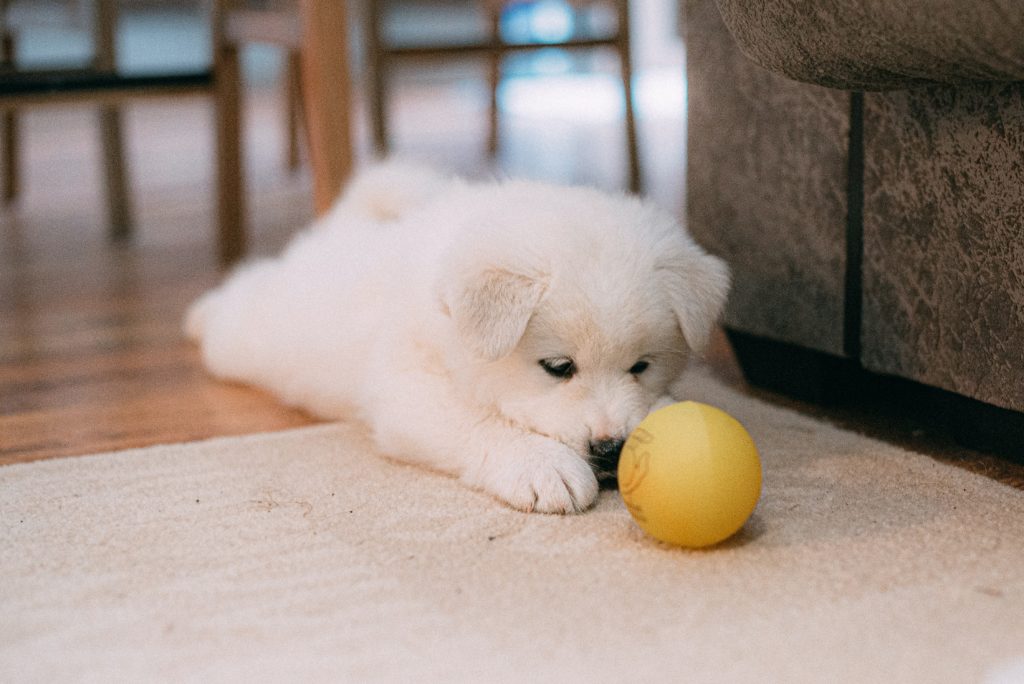
Tip 4: Provide Ample, Age Appropriate Chew Toys
Chew toys should be a part of a dog’s life from puppy to adulthood. Chew toys are items that are meant for the dog to gnaw on. Some are digestible while some are not. For example, Nylabone offers actual toys for dogs to chomp on that are not digestible. Redbarn offers bully sticks, which are chew toys that the dog actually eats.
Chew toys are particularly great for a puppy, because it helps soothe their sore gums and gives him something he should be chewing on instead of you. In the early days of puppyhood, you should avoid deer antlers, bully sticks, pig ears and favor the puppy specific Nylabone-type toys at the store. You can also do some frozen human food, like frozen carrots.
Tip 5: Don’t Let Your Puppy Have All His Toys All the Time
The only toys that your puppy should have access to at all times are his chew toys. The reason for this is because chewing is good for the dog. It’s good for the teeth, and it’s stimulating yet calming and soothing. For a teething puppy, you want him to have his chew toys to chew on instead of your furniture. All the other toys (plush, squeaky, tug toys, etc) should be put away to ensure your puppy doesn’t get bored of them.
If you want to leave the house or focus on chores, give him a toy he hasn’t seen in a while! When you re-introduce it to your puppy, it’s like he has a brand new toy to play with. He’ll be super excited and completely occupied with playing with it. This is perfect because he’ll be content and it’ll give you some space and freedom from your pup. Plus, it’ll save you some money because you won’t feel like you need to buy a new toy to keep him occupied because he stopped playing with all his other toys.
Tip 6: Remember that Learning Curves Aren’t Linear
Sometimes it seems like your puppy is turning a new leaf. Maybe he’s finally getting the hang of doing his business outside, and you get your hopes up. And then next thing you know – he made a huge mess and is acting like he didn’t do anything wrong.
Don’t let yourself spiral. Sometimes it’s two steps forward and one step back. That doesn’t mean your dog isn’t making leaps and bounds forwards. It’s going to take thousands of times practicing anything before it actually clicks with your puppy. Just like humans make errors, it is unreasonable to expect your puppy not to. Remember: your puppy’s age is close to a human baby or toddler. How long does it take a human to be housetrained? An average of 36 months!
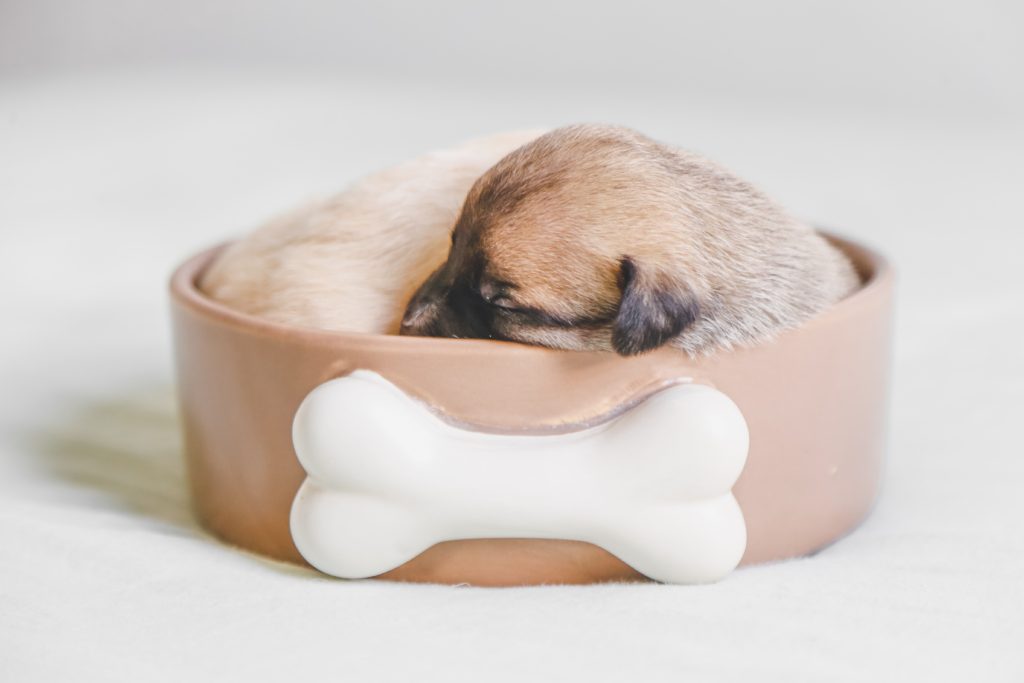
Tip 7: …But When in Doubt, Stick to a Schedule
The best thing you can do for your puppy is keep him on a schedule. You should take your puppy out all day and night on a specific hourly schedule based on his age in months. You determine the schedule by converting his age in months to hours and adding one. So if your puppy is two months old, you should take him out every three hours all day and through the night.
However, when you first bring your puppy home there needs to be an adjustment period to the new environment and family. Most puppies are about two months old when they go home with their forever families. If your pup is two months old when you first bring him home, take him out every two hours on the dot instead of three hours. Even through the night. Once he starts getting the hang of it, increase the time by an additional hour to take him out every three hours. Once he gets the hang of that and he turns three months old, take him out every four hours.
Tip 8: Exercise Your Puppy More
A tired dog is a good dog. The more you are able to get him moving, the more he’ll nap. When he naps, you finally get some peace and a moment to yourself. You may not be able to walk him very far in the beginning, but you can play with or get your dog outside to run. Running outside in an open yet fenced in area is fantastic exercise that will also tucker him out.
Don’t have a fenced in yard? That’s OK, I don’t either. I bring Ezra to a local baseball field that’s fenced in. I go by myself and when the park is empty, I let Ezra run loose. We stay for about 15 minutes, which is when Ezra usually needs to lay down and catch his breath. But it’s awesome. All the different smells and romping exhaust him and he’s pretty tame for the rest of the afternoon after that.
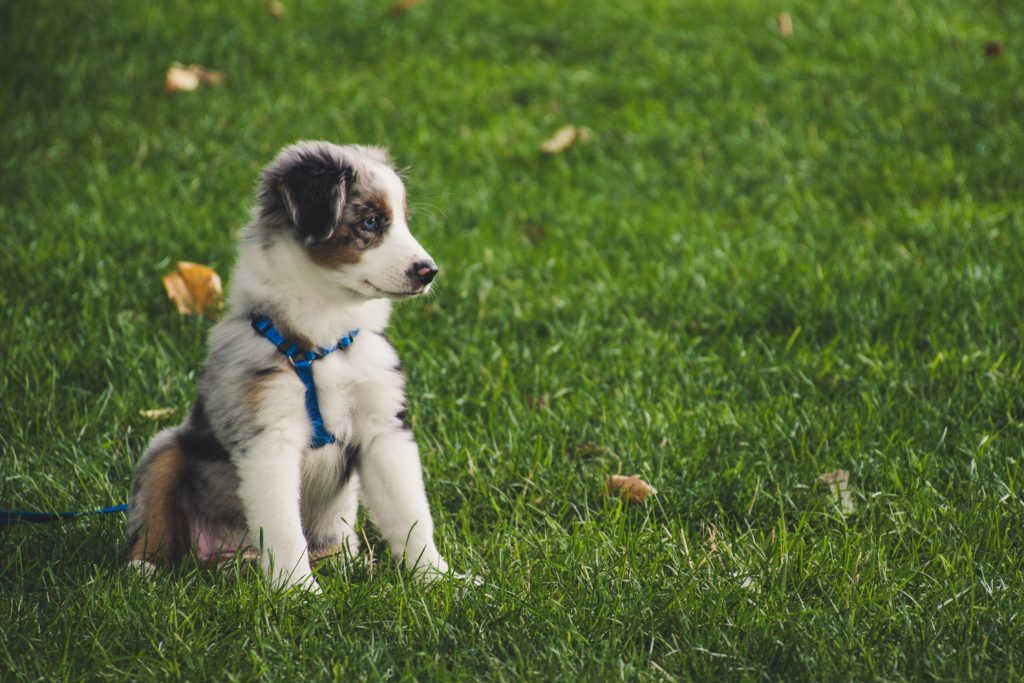
Tip 9: Provide Your Puppy with More Mental Stimulation
It’s not only physical exercise that will tire your dog out, but also new experiences, socialization, and learning new things. You can socialize your puppy and expose him to new experiences completely for free! Bring him to a new place like a woodsy or beachy area or a pet friendly store like Lowe’s or Home Depot. Have him meet different kinds of people. Plan puppy play dates.
With respect to learning new things – you can make this fun for your pup by training him to learn new skills or giving him food puzzles. A sniffle mat is a great option you can buy or make at home. This forces the dog to sniff out his food, making meal time more fun and slowing down his eating. There are other types of food puzzles or canine enrichment toys you can purchase too, like Kongs.
Tip 10: Sign Up for a Puppy Class
Puppy class is great because you’ll begin to socialize him, train him on good manners, and it’ll knock your pup out for hours afterwards. It may not seem like a lot, but your bringing your puppy into a completely new and exciting environment with all new smells and puppies to meet is highly stimulating. He will be in sensory overload. On top of that, he’ll need to use his brain to try to understand what skill you are trying to teach him. When Ezra first started going to classes, he would sleep for 4-5 hours afterwards. It was amazing.
Plus, in class you will find like-minded dog owners to talk to about the trials of puppyhood. Have a question about how to survive puppyhood? Your dog trainer should be able to provide expert advice on how to solve any of your puppy dilemmas. Classes may seem expensive, but it’s worth the time and financial investment.
Tip 11: Overshare with Your Vet
It takes a very long time to read your dog’s cues, just like it takes a long time for your dog to read yours. Sometimes it’s hard to know if the dog is acting normally or maybe he has a bug or another issue that’s preventing him from behaving as you would expect. This happened to me and Ezra. He was having diarrhea and not making it outside. I thought it was poor housebreaking. I mentioned it to the vet and she requested a fecal sample. While it was probably partly poor housebreaking, we learned that he had three parasites that was causing his discomfort and contributing to poor housebreaking!
If I did not overshare with my vet about what is going on in my young pup’s life, his health may have gotten far worse. And who knows, maybe he would still not be house trained!
Tip 12: Write in a Gratitude Journal
When you are unhappy, sometimes all it takes to brighten your mood is to feel grateful. It may be hard at first, but practicing gratitude has proven to improve our outlook on life. The premise is that even though you feel like you are at your lowest point, you have so many great traits, features, accomplishments, friends, etc. You have a lot to look forward to in the future.
Most people practice 365 days of gratitude. There are some journals that have prompts to help get the juices flowing in your daily journal session, but it’s not necessary. You can use a regular journal or notebook. Think about happy memories or people in your life that you are grateful for and begin writing.
My partner has Puppy Blues. How can I help them overcome it?
First, you should talk to your partner. Do they know why they have the Puppy Blues? What are they struggling with? How can you pitch in and help them out? Listen to what they have to say and come up with a plan together of how to mitigate the Puppy Blues. In addition, there are some thoughtful gestures you can make to provide support.
- Help them create space for themselves. They probably feel overwhelmed and exhausted with caring for their puppy and any other daily responsibilities. Let your partner spend a night out with friends, or treat them to dinner or a spa day. Offer to take care of the chores for that evening or day, including puppy responsibilities, so that they can unwind properly.
- Build a routine and share the responsibilities. For example, if the puppy has to be taken outside for a bathroom break every two hours, split it up between you. If there are some puppy tasks or household chores that are particularly arduous, work out an agreement to help share the burden so it doesn’t become too much for anyone.
Conclusion
Puppy Blues is a completely normal experience for all dog owners. Be patient for about three months, stick to a schedule, give your puppy plenty of exercise and mental stimulation, and (perhaps most importantly) take good care of yourself. After three months, the worst is all behind you. I know it’s easier said than done, but when things feel hard and out of your control – lean on your support group.
Don’t have a support group? That’s OK – join our FaceBook group! We would love to have you and are here to support you through surviving puppyhood!


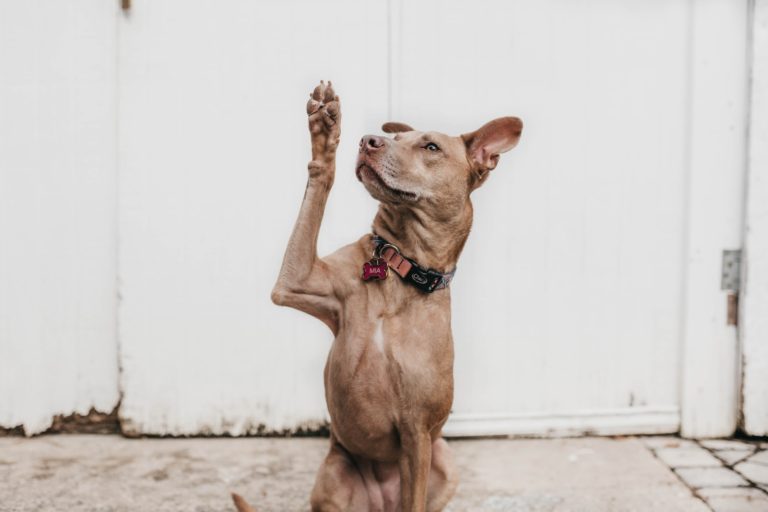
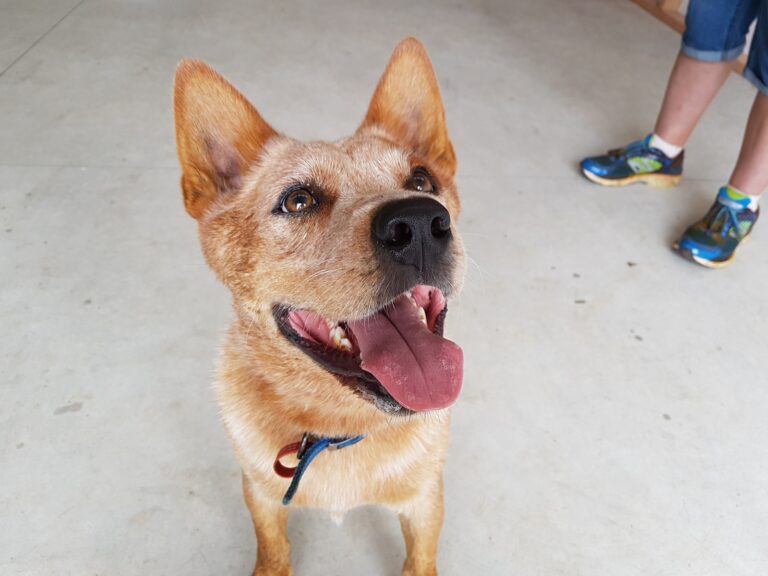
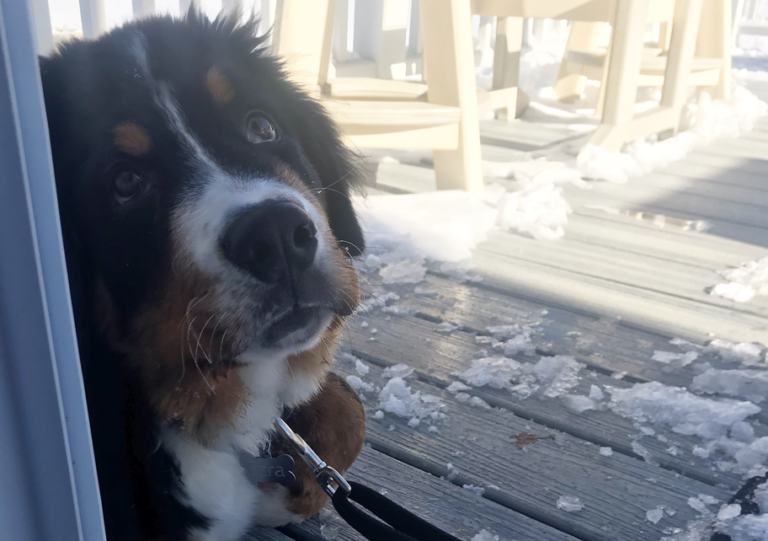
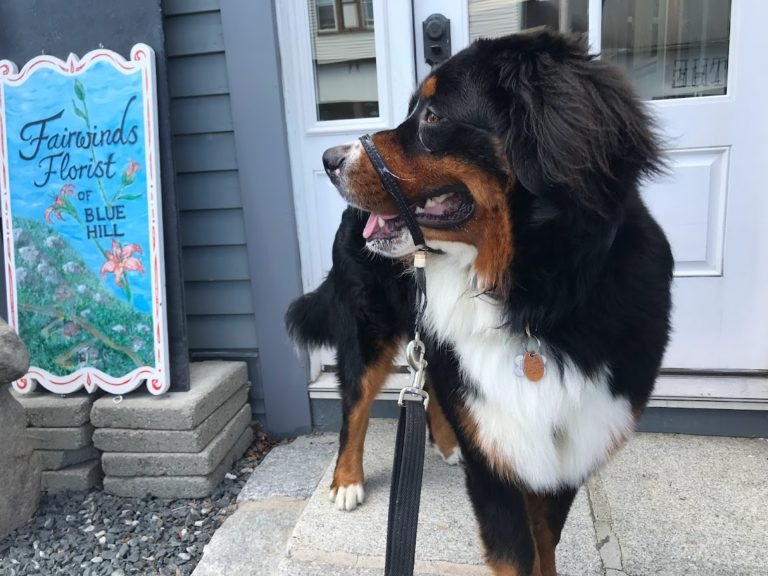
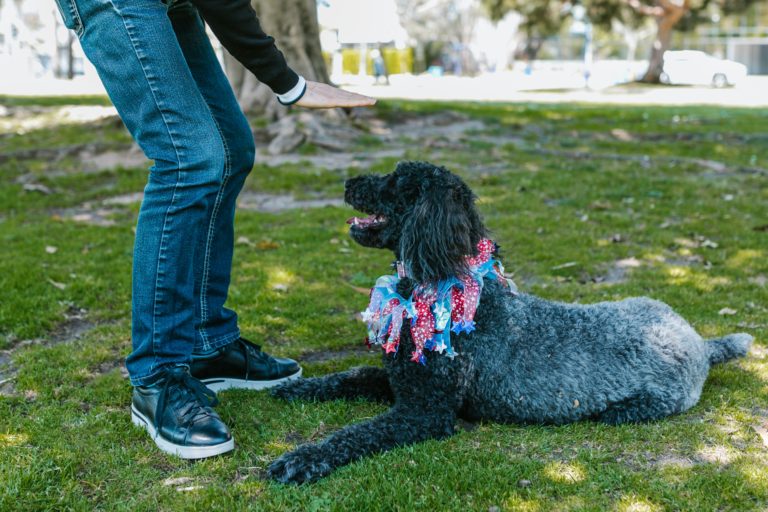
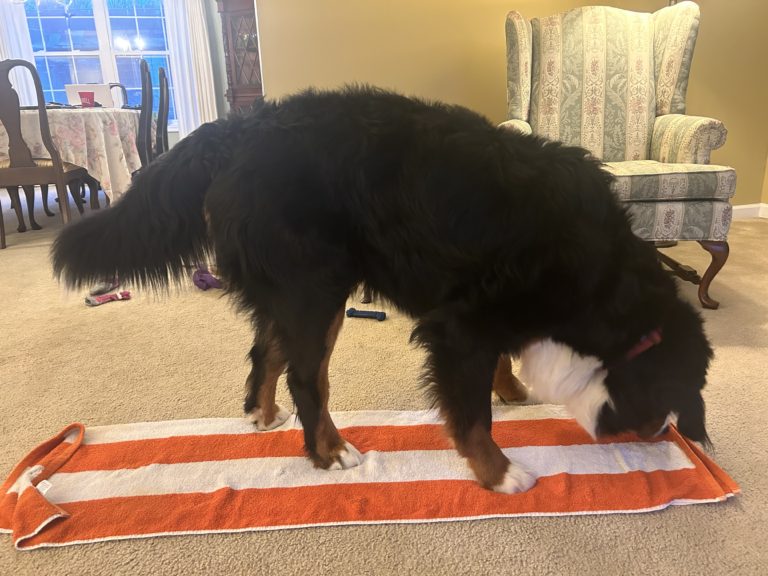
One Comment
Comments are closed.